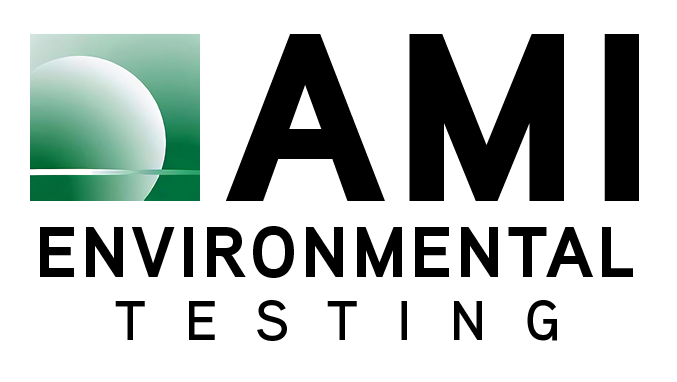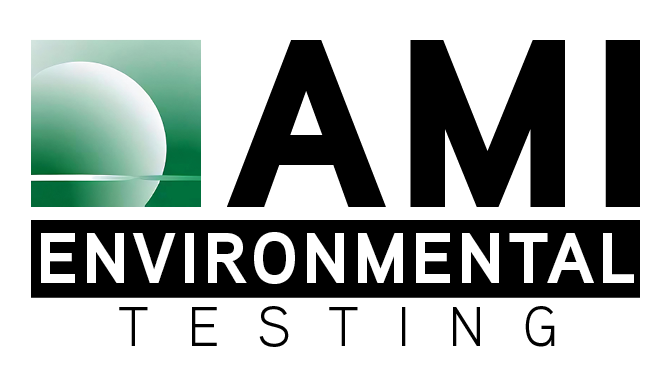Legionella bacterium is water-based organism that can cause a deadly infection called Legionnaire’s Disease if inhaled. Legionella Pneumophila (Legionella bacterium) is known to prosper in environments where standing water is present, such as tanks, reservoirs and areas of piping systems with poor flow. But what many don’t know is that scale and biofilm can form in these water systems and create a prime breeding ground to host and feed Legionella bacterium.
Where is Legionella bacteria found?
Some conditions that are known to cause Legionella proliferation include: scale deposits or algae growth in water, water stagnation in pipes, low temperatures and stratification in water heaters and inappropriate water treatment. Oftentimes it is thought that Legionella cannot form in well-circulated water systems, but that is not the case. In fact, Legionella bacterium can be found in many recirculating hot and cold water systems, and is especially common in large, complex water systems found in hospitals, hotel, and office buildings. An exacerbating factor in these complex systems is scale deposits and biofilms that can serve as breeding grounds for Legionella bacteria.
Where does “scale” develop?
Scale, which can be defined as “a hard, rocklike deposit of calcium or magnesium salts,” can form in any water system, but its development is especially aggravated by heat and hard water concentration. Scale buildup can perpetuate water system problems and increase risk for Legionella bacteria because it impedes heat transfer and obstructs water flow and cooling, creating a prime environment for Legionella to develop.
Outside of the main water system, scale can also develop in and around water taps. When the surrounding temperature is high, it becomes especially difficult for disinfectants to penetrate the scale and eliminate the Legionella bacteria. Furthermore, it is likely that the bacteria will return because its ideal breeding ground has not been eliminated. Additionally, longstanding deposits of biofilm like this provide nutrients for Legionella growth than can lead to odor and taste problems in the water system.
How to prevent scale buildup
The best way to reduce scale and biofilm buildup development-and in turn reduce the risk of Legionella bacterium in your water system-is to complete a risk assessment of the water system in question. Once risk areas and problems have been identified, a set of measures to reduce development of bacteria-hosting scale and biofilm will need to be put in place. In areas with hard water, an especially aggressive system may need to be put in place. In any water system, however, an effective plan will work to control scale deposition and include a water treatment system that prevents growth of biofilms and Legionella bacterium.
Medical Examinations
Any medical examinations or procedures must be performed by or done under the supervision of a licensed physician. Any examinations or procedures are to be provided without cost to employees at a reasonable time and place. The employer’s obligation is to make available and to provide medical tests and procedures as required. When your employees are confident in the medical screening process, there should be little refusal to participate.
Medical Surveillance Program
The medical surveillance program involves two phases of medical surveillance: one is initial medical surveillance; the other is a medical surveillance program. The employer is required to provide initial medical surveillance to employees occupationally exposed to airborne concentration of lead on any one day at or above the action level, consisting of biological monitoring in the form of blood sampling and analysis for lead and zinc levels. If initial biological monitoring indicates that an employee’s blood lead level is at or above 40 ug/dl, the employer must provide biological monitoring at least every two months. This process is to continue until two consecutive blood samples and analyses indicate that the employee’s blood lead level is below the exposure level.
Permissible Exposure Limit Plan
If an employee’s lead exposure is at or above the blood lead level for more than 30 days a year, the employer must provide a medical surveillance program to the employee. The medical surveillance program should consist of routine monitoring of an employee’s blood. Exposure test should be made available at least every 2 months for the first 6 months in the exposed job and every 6 months thereafter. If an employee’s lead blood level exceeds 40 ug/dl, the monitoring frequency must be increased to at least every 2 months and not reduce until two consecutive tests are below the 40 ug/dl. If test levels exceed the removal criteria, a second test must be provided within 2 weeks after the employer receives the results of the first blood test to confirm the accuracy of the results. If the second test exceeds the removal criteria then the employee must be removed.
Within five working days after the receipt of biological monitoring results, the employer must notify each employee in writing of their blood lead level. The employer must notify each employee who underwent biological monitoring whose lead blood level exceeds the 40 ug/dl. The standard requires temporary medical removal when an employee’s blood lead level exceeds the 40 ug/dl.
How can AMI Environmental protect employees and the reputation of your business?
At AMI Environmental, our main goal is to assist businesses and create a safe working environment, while adhering to government regulations. With decades of experience, our Industrial Hygiene Professionals purpose is to help our clients not only protect your workers but also manage risk. Allowing you to then enjoy the peace of mind knowing your employees will be protected from harm. AMI will work to establish and maintain a safe work environment, including surveying your facility for risks; provide testing within your facility; maintain testing protocol; and assist in the recording process. If you have any questions or concerns, please contact Dan Taylor at [email protected].



